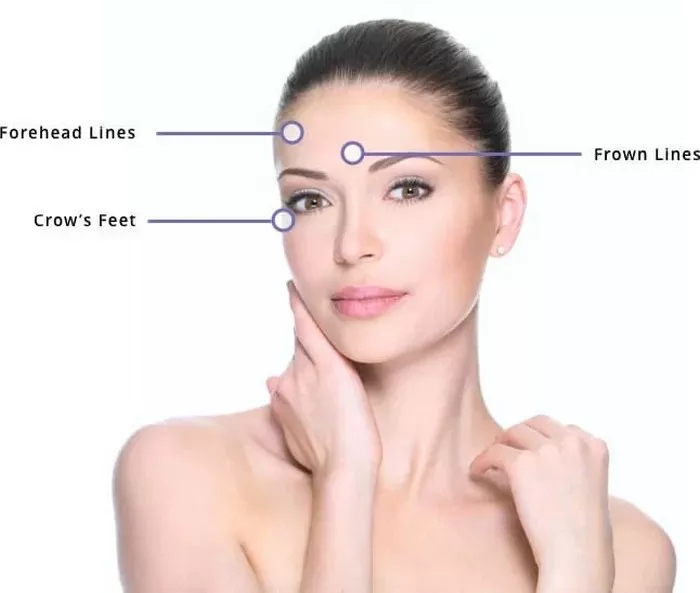Aging is a natural process that affects everyone, but it can be particularly challenging for our skin. As we age, our skin loses collagen and elasticity, leading to wrinkles, sagging, and discoloration. Fortunately, there are many treatments available that can help reverse or prevent the signs of aging, including tretinoin. Tretinoin is a topical medication that is commonly used for acne, but it is also effective for reducing fine lines, improving skin texture, and enhancing overall skin health. In this article, we will explore the benefits and risks of tretinoin for aging skin, and how to use it safely and effectively.
What is Tretinoin?
Tretinoin, also known as all-trans retinoic acid, is a derivative of vitamin A that is used topically to treat acne, psoriasis, and other skin conditions. Tretinoin works by increasing cell turnover and promoting collagen production, which can help reduce the appearance of fine lines, wrinkles, and other signs of aging. Tretinoin is available in various strengths and formulations, including creams, gels, and solutions, and it requires a prescription from a dermatologist or healthcare provider.
How Does Tretinoin Work for Aging Skin?
Tretinoin works by increasing cell turnover and promoting collagen production, which are two key factors in maintaining youthful-looking skin. As we age, our skin cells become sluggish and less efficient at renewing themselves, leading to a dull, rough, and uneven texture. Tretinoin can help speed up the cell turnover process, which can help slough off dead skin cells and reveal fresher, smoother, and brighter skin. Additionally, tretinoin can stimulate collagen production, which is crucial for maintaining skin elasticity and firmness. Collagen is a protein that gives our skin its structure and support, and it naturally declines as we age. By boosting collagen production, tretinoin can help reduce the appearance of fine lines, wrinkles, and sagging skin.
Benefits of Tretinoin for Aging Skin:
There are many benefits of tretinoin for aging skin, including:
Reducing fine lines and wrinkles: Tretinoin can help smooth out fine lines and wrinkles by stimulating collagen production and increasing cell turnover.
Improving skin texture and tone: Tretinoin can help improve skin texture and tone by sloughing off dead skin cells and promoting cell renewal.
Enhancing skin radiance and brightness: Tretinoin can help enhance skin radiance and brightness by improving skin texture and tone, and reducing discoloration and hyperpigmentation.
Preventing future signs of aging: Tretinoin can help prevent future signs of aging by boosting collagen production and improving skin health and resilience.
Treating acne and other skin conditions: Tretinoin can also help treat acne and other skin conditions by regulating oil production, unclogging pores, and reducing inflammation.
Risks and Side Effects of Tretinoin for Aging Skin:
While tretinoin can be highly effective for aging skin, it also carries some risks and side effects that should be considered. Here are some of the most common risks and side effects of tretinoin for aging skin:
Irritation and dryness: Tretinoin can cause skin irritation, redness, and dryness, especially during the first few weeks of use. This can be minimized by starting with a low concentration and gradually increasing it over time, and by using a moisturizer and sunscreen regularly.
Sun sensitivity: Tretinoin can increase skin sensitivity to the sun, which can lead to sunburn and other damage. It is important to use a broad-spectrum sunscreen with at least SPF 30 daily, and to avoid prolonged sun exposure.
Peeling and flaking: Tretinoin can cause peeling and flaking of the skin, especially in areas that are prone to dryness or sensitivity. This can be managed by using a gentle cleanser and moisturizer, and avoiding harsh exfoliants or scrubs.
Discoloration and hyperpigmentation: Tretinoin can cause temporary discoloration and hyperpigmentation of the skin, especially in darker skin types. This can be minimized by using a low concentration and avoiding sun exposure.
Pregnancy and breastfeeding: Tretinoin should not be used during pregnancy or breastfeeding, as it can cause birth defects and other complications.
How to Use Tretinoin for Aging Skin:
To use tretinoin safely and effectively for aging skin, follow these guidelines:
Consult with a dermatologist or healthcare provider to determine if tretinoin is right for you, and to get a prescription.
Start with a low concentration and gradually increase it over time, as directed by your healthcare provider.
Use tretinoin once daily, at night, on clean and dry skin.
Apply a pea-sized amount to the entire face, avoiding the eye area and lips.
Wait at least 20 minutes before applying any other skincare products, such as moisturizer or sunscreen.
Use a broad-spectrum sunscreen with at least SPF 30 daily, and avoid prolonged sun exposure.
Expect some initial irritation, dryness, and peeling, but if it persists or becomes severe, contact your healthcare provider.
Conclusion:
Tretinoin can be a highly effective and safe treatment for aging skin, but it requires careful consideration and use. By understanding the benefits and risks of tretinoin, and by following the guidelines for safe and effective use, you can achieve smoother, firmer, and more youthful-looking skin. Consult with a dermatologist or healthcare provider to determine if tretinoin is right for you, and to get a personalized treatment plan that meets your unique needs and goals. With patience, persistence, and the right approach, you can turn back the clock on aging skin and feel confident and radiant at any age.

